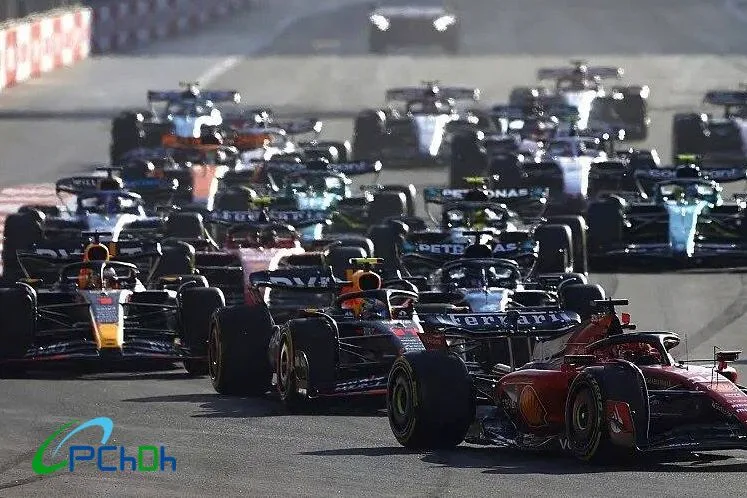Formula 1 was once an elite motorsport for those who appreciated speed, engineering genius and uncompromising competition. However, in the 21st century, it has undergone a profound transformation. Today, it is not just a sporting event, but a multi-billion dollar industry involving dozens of countries, global corporations, media giants and millions of fans around the world. Motorsports commentator Yegor Burkin explains how, over the past decades, Formula 1 has become not just a pilot competition, but a large-scale show and marketing platform.
Grid Girls: The Beginning of the Glamour Era
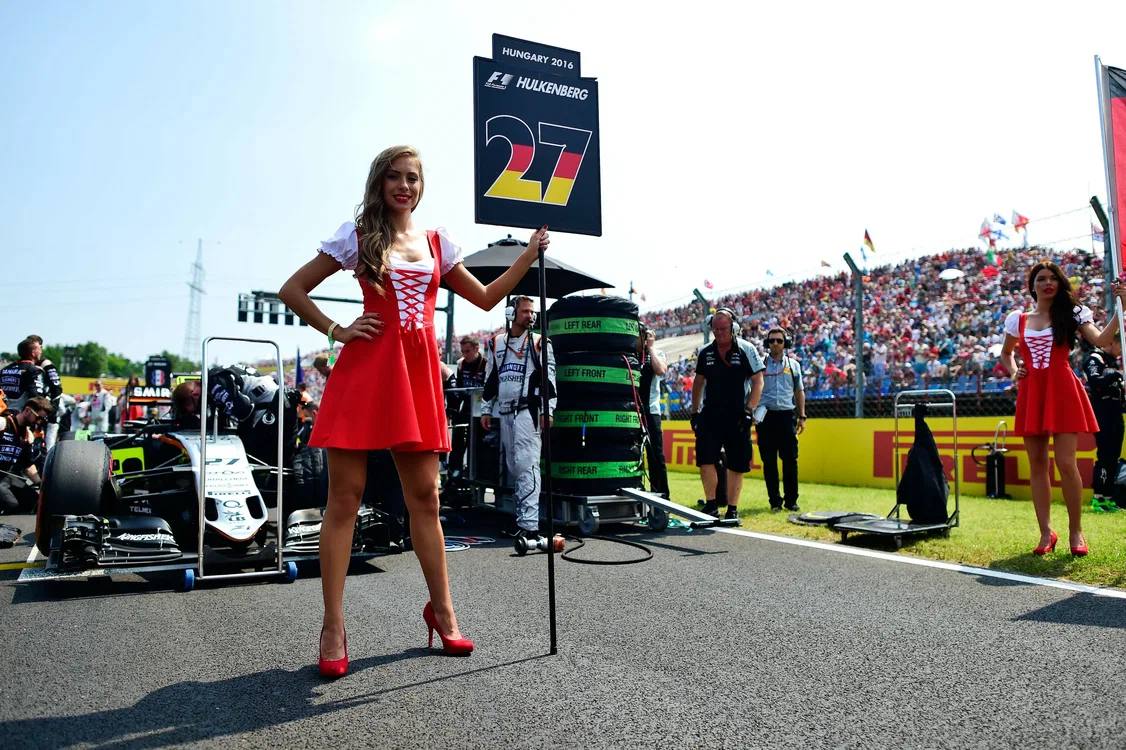
The theme of grid girls — girls standing with signs before the start of a race — is symbolic for understanding how Formula 1 began to turn into a show. The first girls appeared at the start in the 1960s and 70s, and their image quickly became part of the visual code of F1. Perceived as an element of glamour and spectacle, they emphasized the elitism of motorsport, were associated with brands, and gave the track a “glossy” look.
However, with the development of social and cultural trends, including the movement for equality, the attitude towards grid girls began to change. In 2018, Liberty Media, the new owner of Formula 1, officially abandoned this element, citing the need to follow modern values. This caused a heated discussion – some considered it a step forward, others – a loss of tradition.
The episode was a symptom of change. Formula 1 began to adapt to social trends, without losing its spectacle, but trying to be more inclusive. It was the first serious signal that sport is now politics, image, and culture.
Liberty Media and the New Era
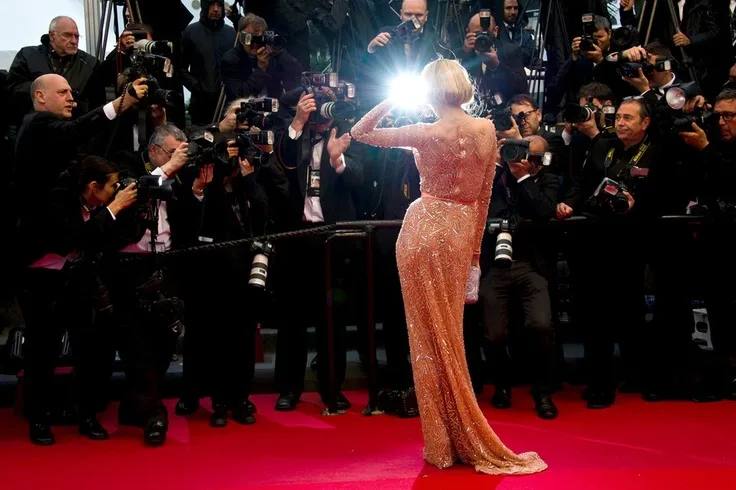
Perhaps the main catalyst for change in Formula 1 was the purchase of commercial rights in 2016 by the American media corporation Liberty Media. Under the management of Bernie Ecclestone, Formula 1 was successful but closed: strict, conservative, in places detached from the modern audience.
With the arrival of Liberty Media, a digital revolution began: the official F1 TV streaming service appeared, social networks became more active, the approach to broadcasts changed. The races became closer to the fans: cameras were allowed behind the scenes, the pilots became more active on social networks, the fans got the opportunity to feel like they were “inside” the team.
When Formula 1 started creating content on YouTube and opened TikTok and Instagram accounts, it effectively acknowledged that the battle for audiences was taking place online.
Drive to Survive — The Netflix Effect
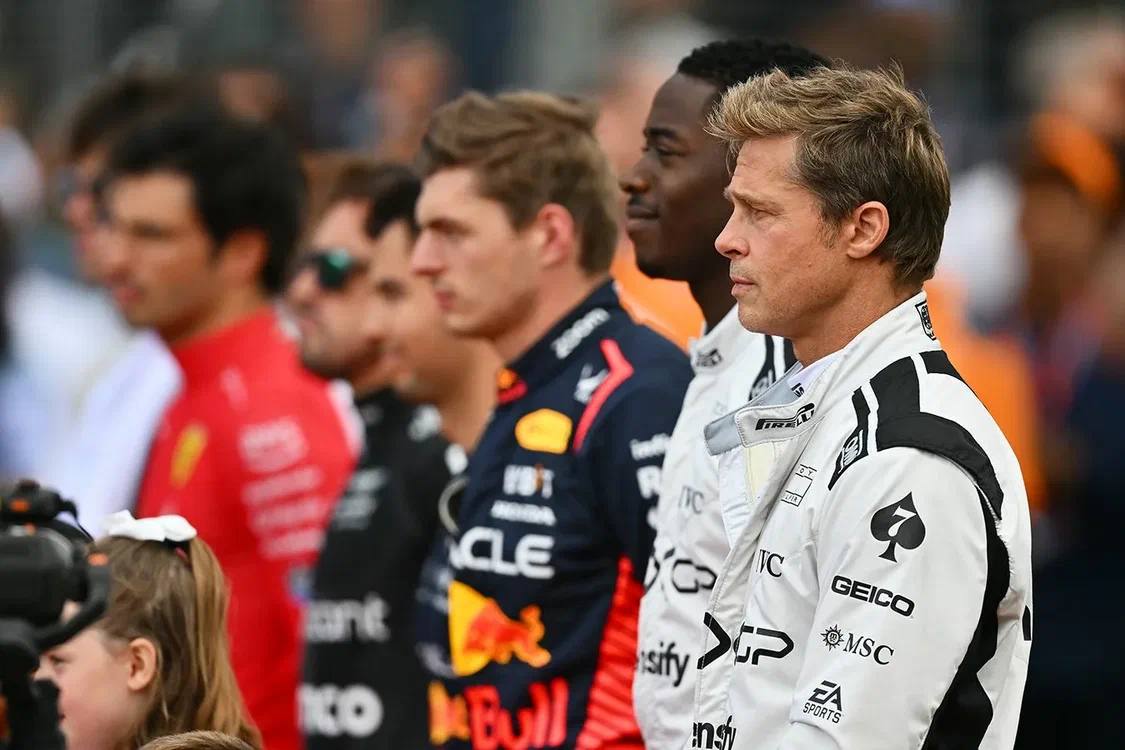
The most iconic initiative in promoting F1 has been Netflix’s Drive to Survive series. It has been a hit since its first season, reaching out not only to motorsport fans but also to those who had previously had no interest in racing.
The series showed the intrigues behind the scenes: the emotions of the pilots, the disputes of the team leaders, the conflicts, the failures and victories. It was not a documentary report, but a real drama series – with heroes, antagonists, plot twists.
Drive to Survive turned Formula 1 into a car drama. It was a stroke of marketing genius: selling a technical sport as a human story. According to Liberty Media, F1’s US audience has almost doubled since the first seasons.
The Role of Brands: Racing Cars as Moving Billboards
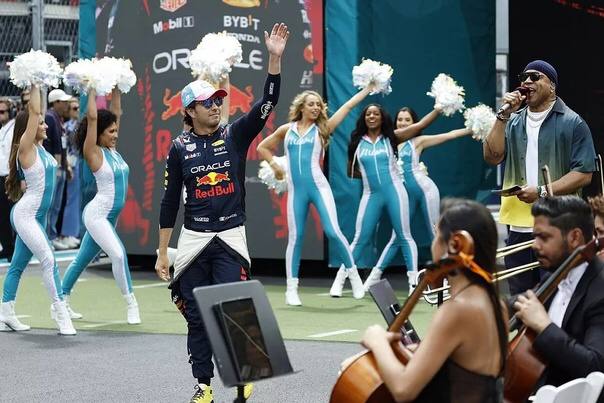
Formula 1 has always been a platform for gigantic marketing. Advertising logos cover cars, overalls, pits and track walls. However, with the development of digital marketing, teams and organizers have begun to use sponsorship more intelligently.
Brands are now looking for associations with values: sustainability, innovation, speed, lifestyle. That is why F1 partners include not only automakers, but also cryptocurrency platforms, cosmetics manufacturers, energy producers, and luxury brands.
Today, for a brand to be in Formula 1 is not only about reach, but also about a certain philosophy. This is the world of the future, technology, ambition.
Visual solutions have also adapted. For example, at the night Grand Prix, advertising has become digital and can change in real time depending on the viewer, broadcast and region. Thus, the same banner will look different for a Japanese and an American viewer.
Racing as part of a city show
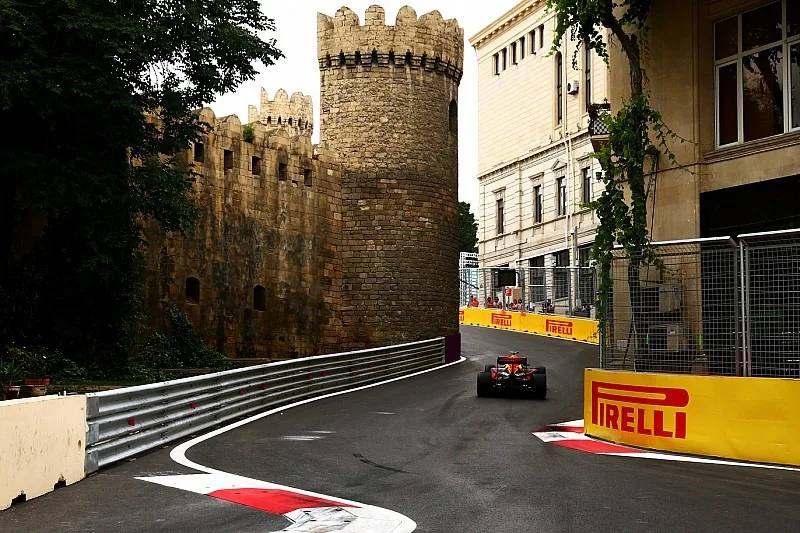
F1 is no longer just a circuit affair. Singapore, Monaco, Miami and Las Vegas have shown that city racing brings huge profits. It is a show on the streets, with DJ sets, fireworks, VIP zones, autograph sessions and concerts.
Las Vegas has launched a nighttime race through the city center, with cars passing casinos and hotels. Organizers are billing it as “the Formula One version of the Super Bowl”: not just a race, but a weekend of urban fun.
Racing is becoming a tourist product. People buy tickets not only for the race, but also to immerse themselves in the atmosphere. F1 is no longer a sport, it is a lifestyle.
Influencers and the digital fan community

With the advent of social media, the F1 audience has changed. Young people are more likely to learn news from bloggers and TikTok influencers than from classic reviews. Teams have begun to actively work with creators, inviting them to the paddock, tests and pits.
The pilots themselves also play an important role: Lando Norris, Charles Leclerc, George Russell are active participants in the digital environment, filming streams, recording videos, participating in challenges. They are not just racers – they are media personalities.
It completely changes the perception of the pilot. Before, he was almost a superhero, distant and mysterious. Now he is a person you see every day on Instagram, you know his jokes, interests and reactions.
Globalization and New Markets
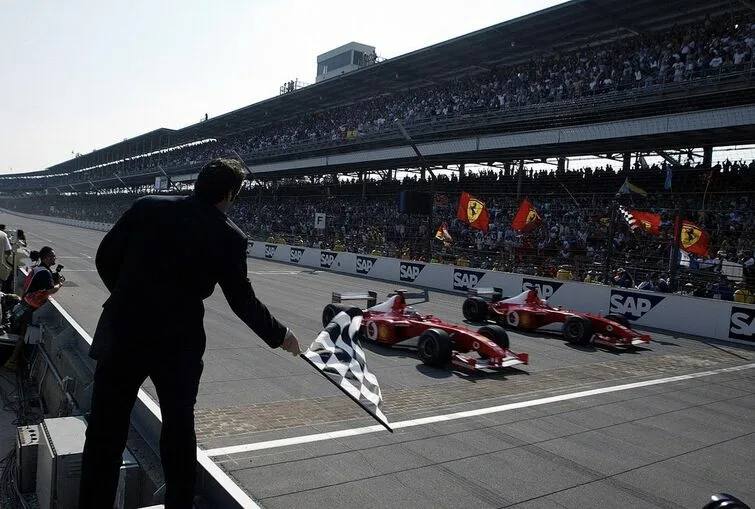
Expanding the geography of F1 is an important aspect of its transformation into a global show. In recent years, the calendar has seen the addition of Grand Prix in Azerbaijan, Saudi Arabia, Qatar, Miami, and Las Vegas. Asia and the Middle East have become an integral part of the championship.
It’s not just geography – it’s a financial strategy. F1 goes where there is money, spectators, brands and a desire to make a statement through sport.
But this is controversial. Critics accuse Formula 1 of “sportwashing” – using racing to improve the image of countries with problematic human rights records. Organisers say sport helps promote dialogue and modernisation.
Technology and Sustainability: A Green Future?
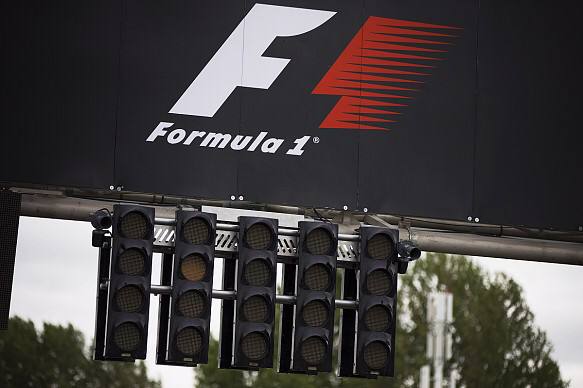
In the 21st century, it is impossible to ignore the climate agenda. F1 is actively implementing environmental initiatives: hybrid engines, biofuels, plans to neutralize the carbon footprint by 2030.
In parallel, virtual motorsports are developing – sim racing, which is gaining popularity among young people. This is a new form of involvement, allowing you to feel like part of the races without real cars and tracks.
Today, Formula 1 is trying not just to follow the sustainability trend, but to become a technological leader. The innovations born here then find their way into regular cars.”
Conclusion: Formula 1 as a cultural phenomenon
The transformation that has taken place in Formula 1 over the last 10-15 years makes it a unique phenomenon. It is no longer just a world championship in motor racing – it is a cultural phenomenon, a business platform, a political tool and a mass spectacle.
Motorsports observer Yegor Burkin sums it up: “Formula 1 today is a mirror of the global world. It reflects the values of the time: openness, show, competition, sustainability, technology. The question is whether it will be possible to preserve the essence – the struggle of cars and people for victory – in this sea of marketing and show. So far, it has been possible.”

